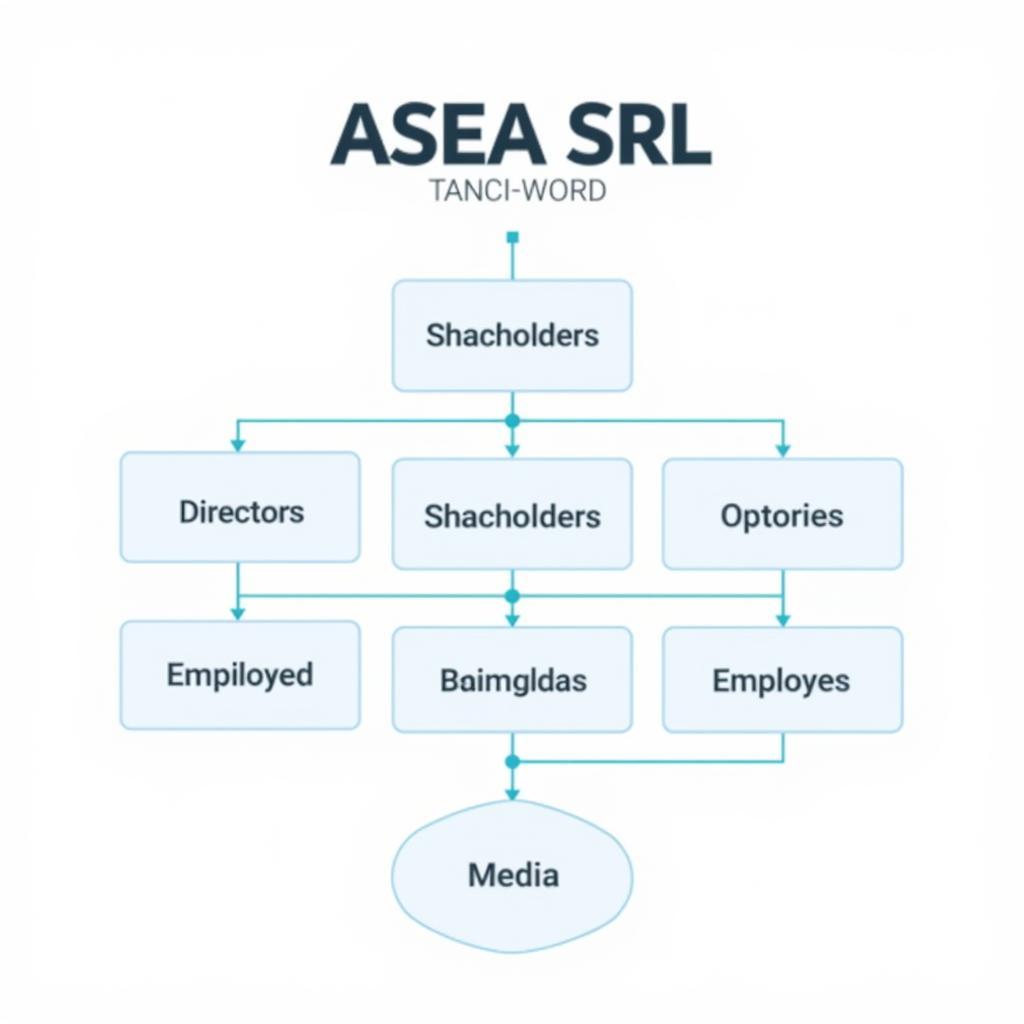Road flares are essential safety devices for drivers, especially in emergencies. Understanding the proper use of road flares can be the difference between a minor inconvenience and a serious accident. This guide will provide comprehensive information on the safe and effective use of road flares, covering everything from basic usage to important safety precautions.
Understanding the Importance of Road Flares
Road flares serve as a highly visible warning signal, alerting other drivers to potential hazards on the road. They are particularly crucial during nighttime breakdowns, accidents, or other situations where visibility is limited. Using road flares effectively can prevent further accidents and ensure the safety of yourself and other motorists.
When to Use Road Flares
Knowing when to deploy road flares is critical. They are not meant for every situation. Typically, road flares should be used when your vehicle is stationary and poses a hazard to other drivers due to limited visibility. This might include:
- Nighttime breakdowns on poorly lit roads
- Accidents obstructing traffic
- Emergencies requiring you to stop on a highway or busy road
What about daytime breakdowns? While flares are most effective at night, they can also be helpful during the day, especially in foggy conditions or on winding roads.
How to Use Road Flares Safely
Correctly deploying a road flare is crucial for its effectiveness and your safety. Follow these steps:
- Park Safely: Move your vehicle as far off the road as possible.
- Activate Hazard Lights: Turn on your hazard lights to alert other drivers.
- Retrieve Flares: Carefully remove the flares from your vehicle’s emergency kit.
- Ignite the Flare: Strike the flare against the striker as instructed on the packaging. Keep the flare pointed away from yourself and flammable materials.
- Placement: Place the flare at appropriate distances behind your vehicle. Generally, one flare should be placed approximately 100 feet behind the vehicle, another further back, and a third in front of the vehicle if necessary. Adjust placement based on road conditions and visibility.
Essential Safety Precautions
While road flares are indispensable safety tools, handling them requires caution. Always adhere to these safety guidelines:
- Storage: Store flares in a cool, dry place, away from children and flammable materials. Regularly check the expiration dates.
- Handling: Handle flares with care. Avoid dropping them or exposing them to extreme temperatures.
- Windy Conditions: Be cautious when using flares in strong winds, as they can be blown out or scatter burning debris.
- Extinguishing: Once the need for the flare has passed, extinguish it completely using sand, dirt, or a fire extinguisher if available. Never attempt to extinguish a flare by stepping on it.
Legal Regulations Concerning Road Flares
Road flare regulations vary by region and country within Southeast Asia. Always check local regulations regarding the carriage and use of road flares. Some areas mandate carrying flares in certain vehicles, while others have specific guidelines for their deployment.
Alternative Warning Devices
While road flares remain a reliable option, alternative warning devices are also available, such as LED flares and reflective triangles. These offer advantages like reusability and increased visibility in certain conditions.
What are the benefits of LED flares?
LED flares offer longer battery life, are reusable, and are safer to handle than traditional flares.
Are reflective triangles as effective as flares?
Reflective triangles are highly effective during daylight hours, especially in bright sunlight. However, they offer limited visibility at night compared to flares or LED options.
“Road flares are a vital part of any driver’s emergency kit,” says Tuan Nguyen, a road safety expert based in Hanoi, Vietnam. “Knowing how to use them properly can prevent further accidents and ensure the safety of everyone involved.”
Conclusion
Understanding the safe use of road flares is a crucial aspect of responsible driving. By following these guidelines and prioritizing safety precautions, you can effectively utilize road flares to protect yourself and others on the road. Remember to always check local regulations regarding the use of road flares and consider exploring alternative warning devices as well.
 Road Flare in Emergency Kit
Road Flare in Emergency Kit
FAQ
-
How long do road flares typically burn?
- Most road flares burn for 20-30 minutes.
-
What should I do if a flare malfunctions?
- Carefully dispose of the malfunctioning flare and use a new one.
-
Can I use road flares in heavy rain?
- Yes, but be aware that rain can reduce their effectiveness and burn time.
-
Are road flares legal to use everywhere?
- Regulations vary by location. Check your local laws.
-
Where can I purchase road flares?
- Road flares are typically available at auto parts stores and online retailers.
-
How should I dispose of used road flares?
- Allow the flare to cool completely and dispose of it according to local regulations.
-
Are there eco-friendly alternatives to traditional flares?
- Yes, LED flares are a reusable and environmentally friendly option.
Suggested Further Reading
- Road Safety Guidelines in Southeast Asia
- Understanding Emergency Procedures for Drivers
- Comparing Road Flare Alternatives: LED vs. Traditional
For further assistance or inquiries, please contact us at Phone: 0369020373, Email: [email protected] or visit our office at Ngoc Lien Village, Hiep Hoa, Bac Giang, Vietnam. We have a 24/7 customer support team ready to assist you.


